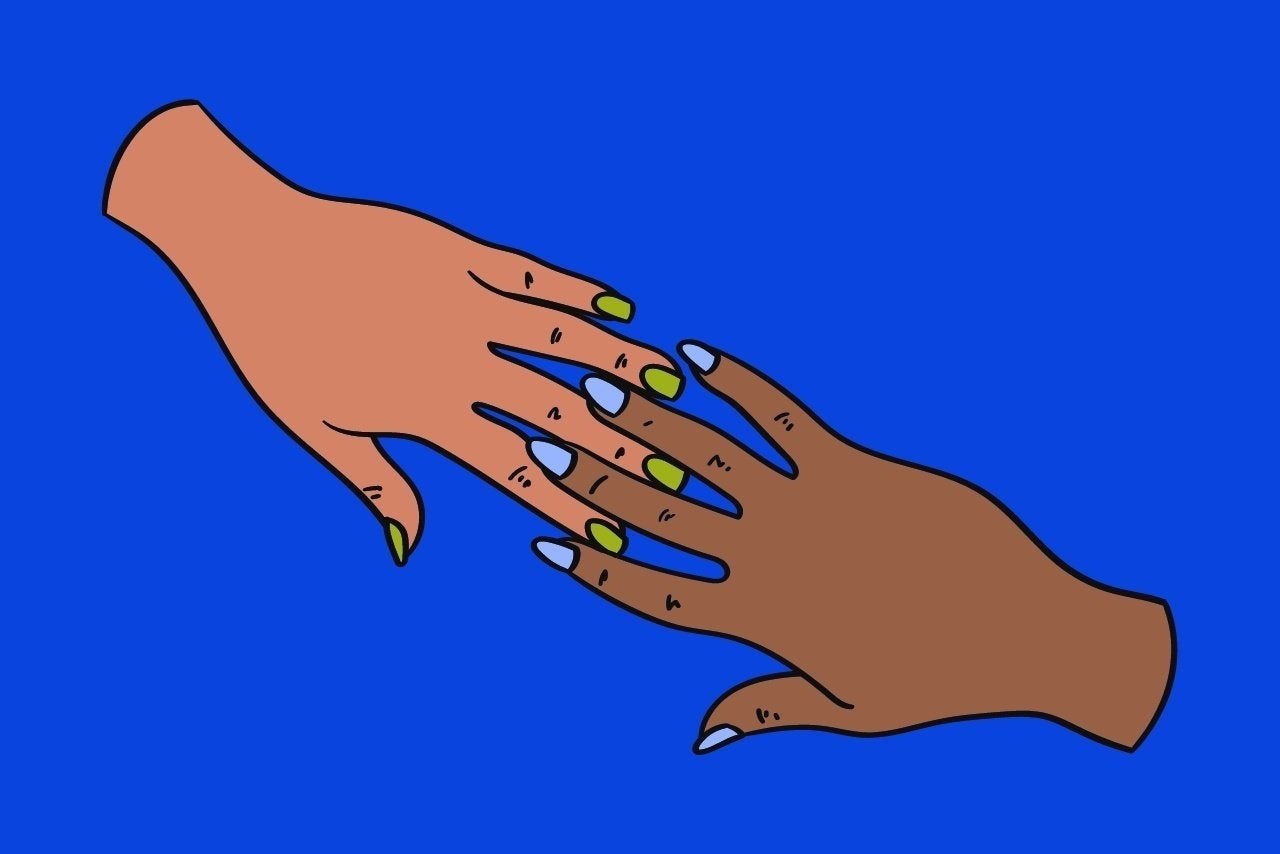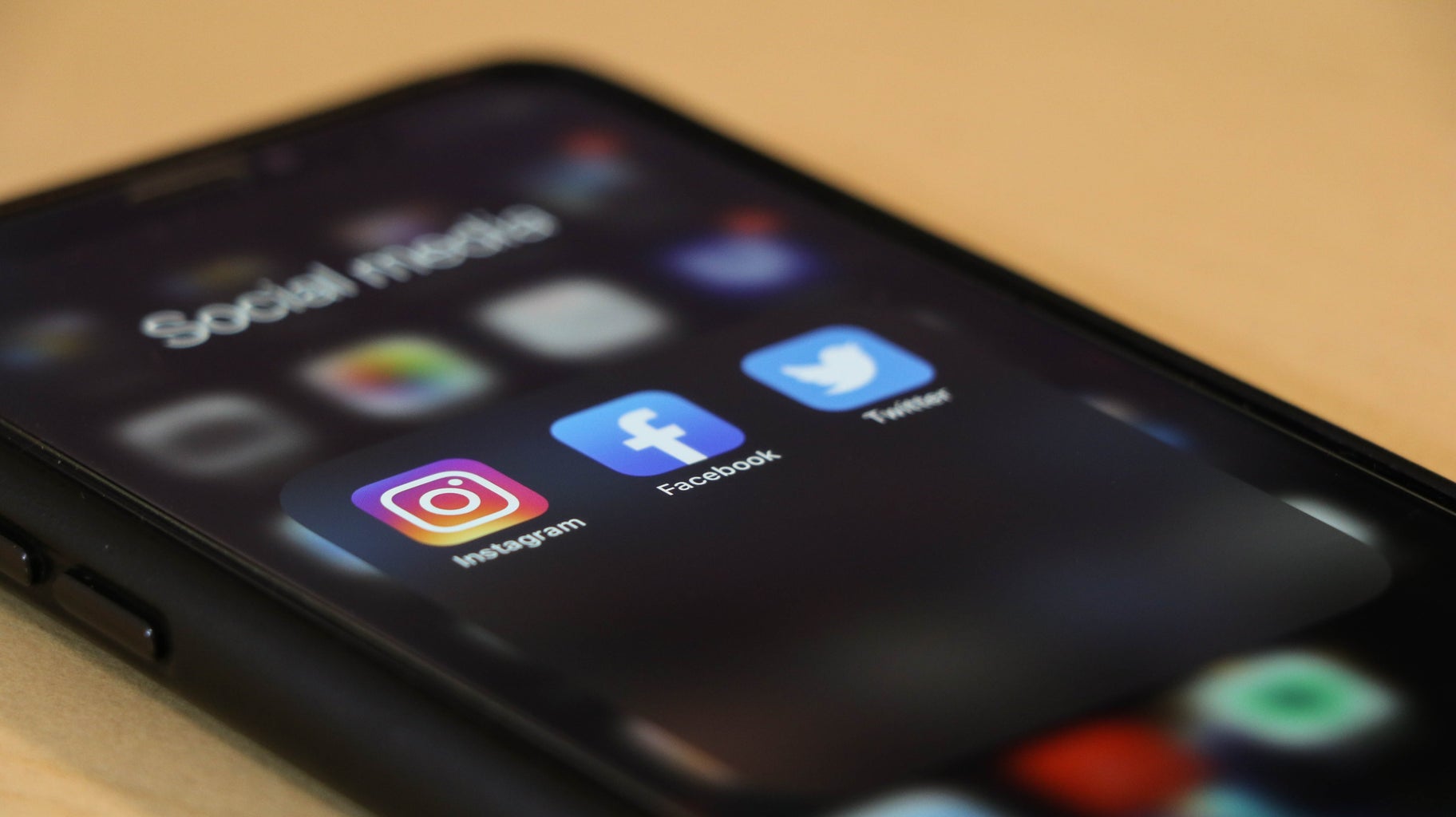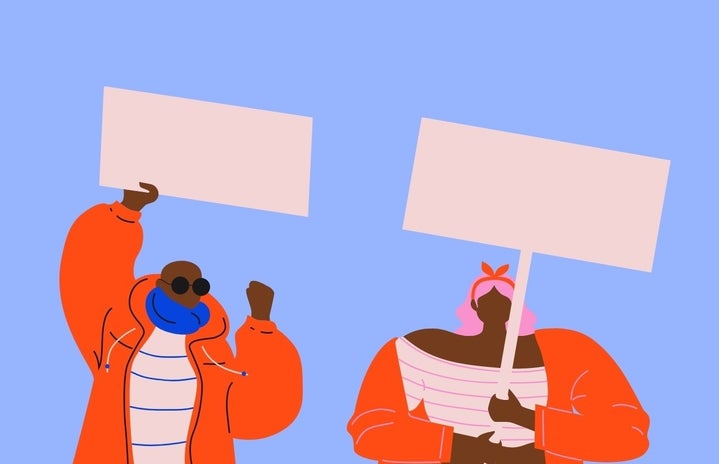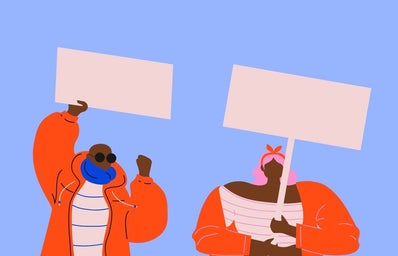“Missing and murdered indigenous women have disappeared not once, but three times, in life, in the media and in the data.” – Washington State Native American Coalition
The Missing and Murdered Indigenous Women (MMIW) movement is a recent movement started to bring more awareness to the disproportionately high number of indigenous women, girls and two spirited people who have disappeared or been murdered, and the lack of attention to this issue from media and law enforcement.
Although the movement is new, the issue itself has been around for more than half a century. Indigenous women have been murdered and stolen from their homes and communities since the colonizers massacred entire tribes and forced women and girls into sex trafficking. To this day, murder is still the third leading cause of death among American Indian/Alaskan Native women, and they can face murder rates as much as 10 times higher than the national average, according to the Center for Disease Control (CDC).

The problems that Indigenous women face stem from historical treatment of Indigenous people by settlers and by the US government, which has continued and compounded over time. Historically, Indigenous people were pushed off their native lands, stripped of their rights and past food sources, forced into poverty and plagued with disease to the point where many of them could not adequately provide food, shelter and clothing for their children. This institutionalized oppression was then used to separate children from their parents and to place them in boarding schools or with foster families where they were often traumatized through sexual and/or physical violence.
Indigenous people still experience high rates of homelessness and poverty. For Indigenous women, this is magnified because they experience the same wage gap that women of other ethnic and racial groups do in addiction to job and wage related discrimination due to their identity as Indigenous people. A 2011 study also found that 98% of the prostituted and sex trafficked Indigenous women they interviewed had been or currently were homeless. This is an extremely important statistic because many of the missing and murdered Indigenous women disappear and are murdered as a result of their involvement in prostitution. Also, because it is extremely difficult for Indigenous women to find jobs already, there are high numbers of Indigenous women in their 40s, 50s and 60s in trafficking or prostitution who are unable to escape and provide for themselves in other ways.

Prostitution and sex trafficking, however, aren’t the only ways that Indigenous women are stolen or murdered. Another major reason for the high rates of violence towards Indigenous women is because the perpetrators know that Indigenous women are extremely marginalized, often lack the resources to follow up on disappearances or murders and are often dismissed by law enforcement. When family or friends report Indigenous women, girls and two spirited people to law enforcement, they often report being dismissed and told by officials that their missing family or friend is probably out partying or drinking and will be back in a few days. A report by the Urban Indian Health Institute (UIHI) exposed the lack of recognition of MMIW by law enforcement when they found that out of 5,712 missing Indigenous women across 71 urban cities, only 116 were registered in the Department of Justice database.
Although many traditional media sources still don’t cover it as much as they should, the efforts of Indigenous women who are sharing their experiences on social media are creating much needed awareness around this issue. Former Grand Chief of Manitoba Keewatinowi Okimakanak Inc. Sheila North Wilson began the #MMIW hashtag on social media which, according to a Union Metrics Twitter Snapshot Report, can now generate several hundred thousand impressions every four hours.

The number of missing and murdered Indigenous women has been described as an epidemic and it needs to be treated as such. More people need to be informed and care about the issues facing Indigenous women so that we can hold the media and law enforcement accountable for keeping Indigenous women safe and upholding their rights. The information provided in this article only scratches the surface of the complex facts and causes of this issue and more resources on the issue can be found here.
Addressing the Epidemic of Missing & Murdered Indigenous Women and Girls | Cultural Survival
MMIW Resource Guide – Lakota Law Action Center
colonization-homelessness-nativewomen.pdf (niwrc.org)
Missing-and-Murdered-Indigenous-Women-and-Girls-Report.pdf (uihi.org)



